Museum of the Origins of Man
THE HUMAN HEAD WITH BODY MIXED OF VARIOUS ANIMALS IN POST-PALEOLITHIC SCULPTURE
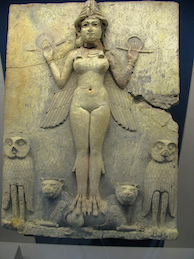 Fig. 10A5) Zooanthropomorphic stone sculpture. It represents a naked woman with wings and the legs with eagle claws, placed on two lions, defined by archaeologists as "Winged Naked Goddess", probably a representation of the Babylonian goddess Lilith or other Sumerian goddesses. She has a beautiful headdress, but it's not possible to connect her (in the cult) to the venuses and mother goddesses.
Fig. 10A5) Zooanthropomorphic stone sculpture. It represents a naked woman with wings and the legs with eagle claws, placed on two lions, defined by archaeologists as "Winged Naked Goddess", probably a representation of the Babylonian goddess Lilith or other Sumerian goddesses. She has a beautiful headdress, but it's not possible to connect her (in the cult) to the venuses and mother goddesses.
Height: 50 cm.
Dating: beginning II millennium BC.
Probably Assyrian art.
Location: British Museum, London.
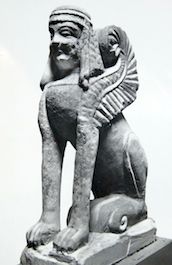 Fig. 10A6) Zooanthropomorphic stone sculpture. It represents a human head with the body shaped with several parts of animals. New religions appear, which "create" new sacred images, and this "sphinx" is the opposite of the representations of animal heads with human bodies.
Fig. 10A6) Zooanthropomorphic stone sculpture. It represents a human head with the body shaped with several parts of animals. New religions appear, which "create" new sacred images, and this "sphinx" is the opposite of the representations of animal heads with human bodies.
Etruscan art.
Origin: Necropolis of the Osteria, funerary hypogeum entrance, Chiusi, Italy.
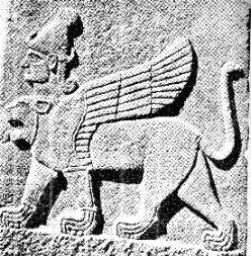 Fig. 10A7) Zooanthropomorphic stone bas-relief. It represents an artistic hybrid winged man-lion, which is a lion-bird hybrid.
Fig. 10A7) Zooanthropomorphic stone bas-relief. It represents an artistic hybrid winged man-lion, which is a lion-bird hybrid.
Hittite art.
Origin: Karkemish.
Dating: II millennium BC.
 Fig. 18A2) Sculpture of post-paleolithic artistic hybrid. The drawing of the sculpture represents an artistic hybrid of several animals; it has four legs, but the elevation of the body, the mouth and the eyes are human.
Fig. 18A2) Sculpture of post-paleolithic artistic hybrid. The drawing of the sculpture represents an artistic hybrid of several animals; it has four legs, but the elevation of the body, the mouth and the eyes are human.
The colossus is placed outside the income of a sacred place with several temples (Shwedagon Pagoda).
We don't know if the sculpture is made of stone or metal.
Size: evident from the people drawn on the side.
Location: Burma.
(from "Round-the-world jouney", Venice, 1841).
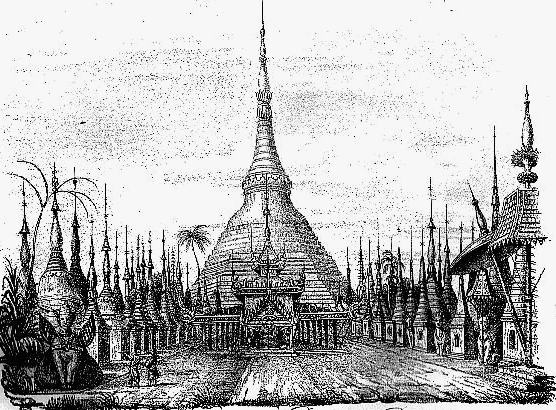 Fig. 18A3) Post-paleolithic sculpture of an artistic hybrid.
Fig. 18A3) Post-paleolithic sculpture of an artistic hybrid.
The drawing of the sculpture represents an artistic man-animal hybrid. It has human face, body of mammal, wings of bird.
The colossus is placed at the income of a temple; in the opposite side, three zooanthropomorphic deities.
Size: obvious in comparison with the two peoples drawn along-side.
Placement: Burma.
(from "Round-the-world Journey", Venice, 1841).
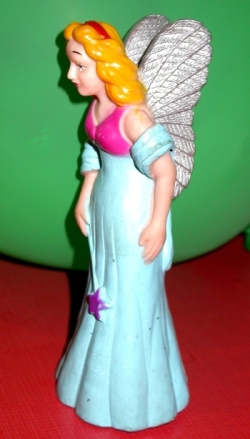
Fig. 18Abis3) Female figure depicted with butterfly wings.
She represents a fairy.
In fairy tales fairies were good and rarely had wings. The fairy with butterfly wings is probably an invention of the second half of the nineteenth century. We find her in fairy tales, comics and cartoons of the twentieth century.
In the picture, the young winged woman is a plastic toy 23 cm high.
Change meaning, but the wings are similar to those of the angels of every past civilization.
NEXT
Index
HOME PAGE
Copyright©1999-2020 by Museum of the Origins of Man, all rights reserved.






